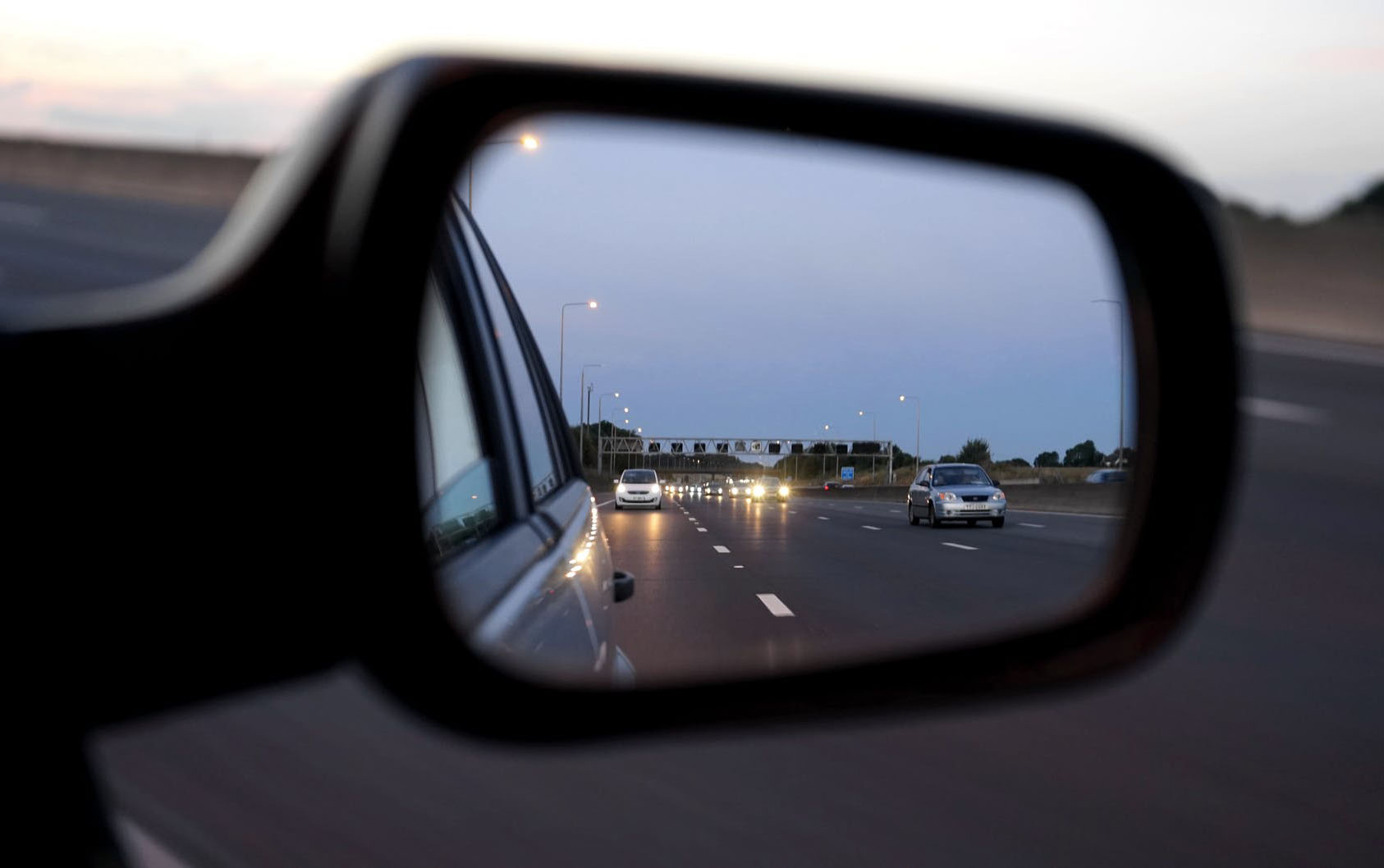We’ve been driving cars for 125 years. We have been talking on telephones for 100 years. We’ve only combined these two activities, to any great degree, in the last 10 to 15 years.
Motor vehicle crashes are the No. 1 cause of accidental death in the U.S. Crashes are the leading cause of all death, accidental or otherwise, for everyone between the ages of five and 35. Those between the ages of 15 and 20 are more likely to die in a car crash than the next three leading causes of death combined – homicide, suicide and cancer. According to the National Highway Traffic Safety Administration (NHTSA), the critical reason for 94% of crashes is driver error, as opposed to vehicle- or environment-related reasons. Recognition and decision errors, which include driver distraction, represent 74% of driver error.
Alarmingly, after decades of decline, total fatalities from vehicle crashes and fatalities per million miles driven have been increasing for the past two years. There is a new threat on our nation’s highways, and it’s distracted driving. Drivers have always been at risk of distraction, but today, because of the rapid adoption of mobile communications technology, drivers are now distracted in ways we never dreamed possible 20 years ago.
See also: Distracted Driving: a Job for Insurtech?
An Important Issue for Employers and the Insurance Industry
Cell phone use while driving has become an important safety and liability issue for all employers. Those who expect employees to use cell phones while driving as part of their business must recognize that doing so exposes their employees to a preventable crash risk and employers to costly liability.
Consider a situation in which an employer knew a behavior in some area of its operations exposed employees to a much greater risk of injury. Would employers still expect, or even encourage, that behavior? That is precisely what happens when an employer permits or encourages employee cell phone use while driving. With the intense publicity surrounding cell phone distracted driving in recent years, it would be difficult for employers to argue that they’re not aware of the dangers.
Employers are responsible for ensuring employees adhere to applicable federal agency regulations and federal, state and municipal laws. However, what is often not understood is that these regulations and laws are a minimum standard and, in many cases, are not be enough to keep people safe.
Employers should establish policies about cell phone use and driving that exceed existing laws. Safety policies and systems in many companies are designed to reduce significant risks and protect employees. Companies whose leaders are committed to safety excellence know that their safety systems and policies often exceed OSHA requirements or applicable laws, because regulations and laws often prescribe minimum standards, not best-in-class safety. Designing safety policies that only comply with federal rules, regulations or state laws often leaves employees vulnerable to injury and companies exposed to liability and financial costs. Cell phone use while driving is, in this way, no different than many other occupational safety issues.
No Impact on Business Operations
Contrary to what one might think, companies that have implemented total bans on mobile device use while driving have overwhelmingly reported no negative impact on productivity, customer service or other business operations. In two studies conducted by the National Safety Council, 90% of companies with policies reported no impact on productivity. Of the 10% that reported a change, nine out of 10 claimed productivity actually increased. Only 1% thought productivity had decreased.
All Distractions Are Not the Same
Drivers who use their cell phones while driving expose themselves to a significant safety risk that affects both them and those with whom they share the road. Cell phone distraction involves all three types of driver distraction: visual, manual and cognitive.
Distracted driving crashes are the result of two factors; 1) the risk of the activity, and 2) the prevalence of that risk. Most people, including lawmakers and some researchers, only focus on risk and ignore risk exposure. In evaluating what causes crashes, both are equally important.
We typically have little concern for a risk to which we are seldom exposed, but we have great concern for a risk to which we are continuously exposed, as in the case of cell phone distracted driving. It is risk exposure that makes cell phone use while driving such a dangerous activity. NHTSA has stated (based on its annual NOPUS study) that more than 10% of all drivers are using their cell phones at any given time. No other distracting behavior or risk comes close to that level of exposure. It is risk exposure that makes cell phones the most dangerous distraction, by far, that drivers face on a continuing basis.
The Human Brain Does Not Truly Multi-Task
The field of cognitive neuroscience has studied human attention for more than 80 years. These scientists will tell you there is no such thing as true “multi-tasking.” When we are reading a book or magazine article and the phones rings, we naturally stop reading, answer the phone and have a conversation. Most of us would never consider continuing to read as we talk on the phone. That is because the human brain does not multi-task, it toggle tasks. It switches back and forth between two tasks, never engaged in both at precisely the same time. We know that if we try to read and talk on the phone, we are not doing either task well, so we rarely try to do both at the same time. Yet, most of us think it is perfectly fine to talk on the phone and drive a vehicle. If we make a mistake reading a book, we can re-read a paragraph. If we make a mistake driving a vehicle, it can damage our lives or someone else’s.
Hands-Free is Not the Answer
As traffic safety professionals pursue a culture change around cell phone use while driving, It will be much easier to convince drivers to switch to hands-free rather than to stop using phones altogether while driving. Unfortunately, there is no evidence that hands-free phone use reduces distraction or crashes. More than 30 research studies have found that hands-free devices offer no safety benefit, because they do not reduce the cognitive distraction of the phone conversation. All major U.S. traffic safety organizations, including the National Safety Council (NSC) and the National Transportation Safety Board (NTSB), have made public statements, after reviewing research, that hands-free is not safer than hand-held phone use.
See also: Don’t Be Distracted by Driverless Cars
NSC and NTSB
In January 2009, based on input from many of its 10,000 plus business members, NSC called for a total ban on cell phone driving. In December 2011, the NTSB issued the recommendation that all states enact complete bans of all portable electronic devices for all drivers — including banning the use of hands-free devices. This follows its total ban recommendation for commercial drivers in October 2011. NTSB recommendations are based on their investigations of serious and fatal crashes that found driver or operator cell phone use was a factor in the crashes.
Conclusion
The rapid advancement of mobile communications technology has enabled drivers to engage in all kinds activities while driving a vehicle that have nothing to do with driving. As long as crashes are killing and seriously injuring so many people, and as long as driver error is the overwhelming leading cause of crashes, does it make sense to allow, and even encourage, the driver to engage in phone calls, Facebook updates, voice based texting and other activities that have nothing to do with the already dangerous task of driving?
The auto and consumer electronics industries have claimed that “eyes on the road and hands on the wheel” are the only critical requirements for distraction free driving. They seem to believe the mind is not required to safely operate a vehicle. This contradicts years of science and, most importantly, common sense. It is time that we focus first and exclusively on the task of driving, for our safety and for the safety of everyone with whom we share the road. It is also time for the Insurance Industry to take the lead on this issue by implementing total ban policies for their employees and encouraging their insureds to drive cell phone free.


